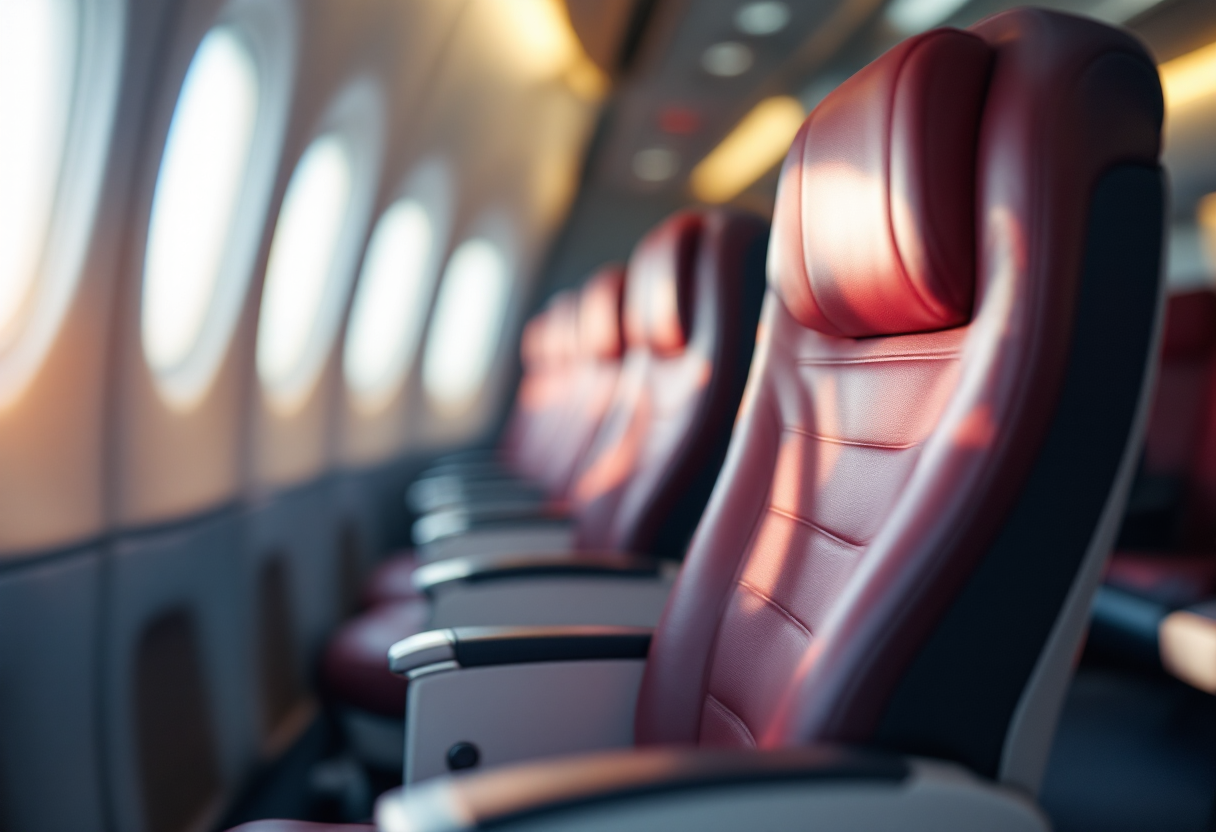Table of Contents
New altitude protocols for passenger safety
In an effort to enhance passenger safety, Southwest Airlines has announced significant changes to its in-flight protocols. Starting Wednesday, the airline will require passengers to fasten their seatbelts and ensure their seatbacks and trays are in the upright position at 18,000 feet during descent, a shift from the previous requirement of 10,000 feet.
This adjustment, which accounts for approximately 10 minutes of flight time, aims to mitigate the risks associated with turbulence, a common concern for air travelers.
According to Southwest Airlines, this change is part of a broader commitment to safety management.
The airline stated, “The change in procedures is designed to reduce the risk of in-flight turbulence injuries for our crew members and customers. Nothing is more important to Southwest Airlines than the safety of our customers and employees.” This proactive approach comes in response to data from the National Transportation Safety Board, which indicates that over one-third of all airline incidents in the U.S.
are attributed to turbulence.
Impact of turbulence on air travel
Turbulence can pose serious risks during flights, with injuries occurring more frequently than many passengers realize. While fatalities are rare, there have been notable incidents, such as a recent event involving a Singapore Airlines flight where one passenger died and 30 others were injured due to severe turbulence.
Such incidents highlight the importance of adhering to safety protocols and the need for airlines to continually assess and improve their in-flight procedures.
Southwest Airlines’ decision to implement these new altitude protocols reflects a growing awareness of the potential dangers associated with turbulence.
By requiring passengers to be secured at a higher altitude, the airline aims to reduce the likelihood of injuries during unexpected turbulence events, ensuring a safer travel experience for everyone on board.
Changes to seating arrangements
In addition to the new altitude protocols, Southwest Airlines is also set to end its long-standing practice of open seating next year.
This change will require passengers to select their seats prior to boarding, a move that may streamline the boarding process and enhance overall safety. While open seating has been a hallmark of Southwest’s service model, the airline recognizes the need to adapt to evolving safety standards and passenger expectations.
As the airline industry continues to navigate the challenges posed by turbulence and other safety concerns, Southwest Airlines is taking proactive steps to ensure the well-being of its passengers and crew. These changes not only reflect a commitment to safety but also demonstrate the airline’s responsiveness to the needs of modern travelers.





